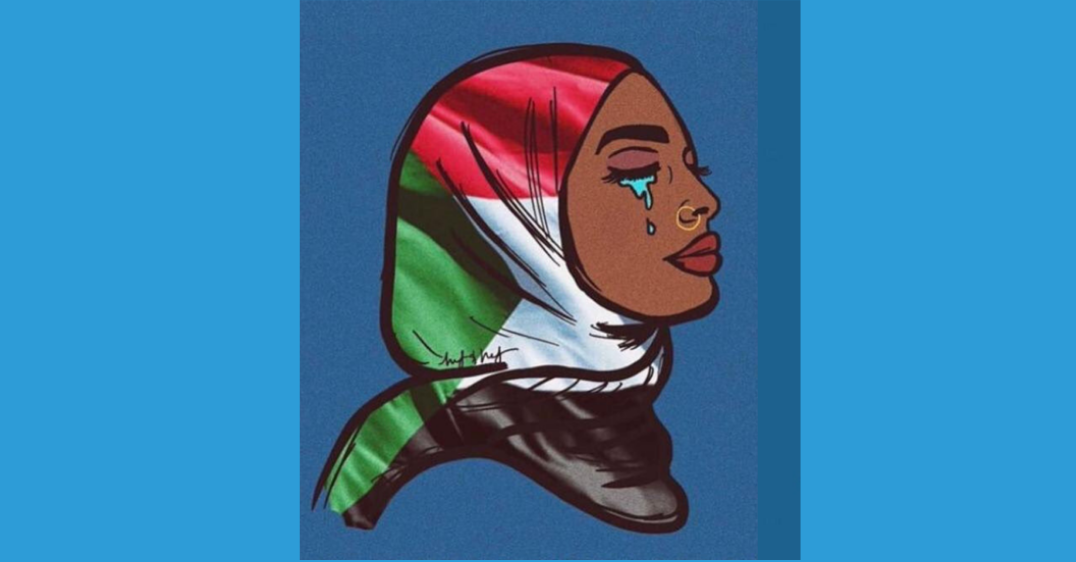
Sudan is in the middle of a political crisis after military forces opened fire on pro-democracy protestors in the capital, Khartoum. An internet blackout resulting from an ongoing state of emergency ensured Sudan crisis' distress remained out of the world’s eye.
A brief overview of the country
-
Sudan, once the largest African state, split into two countries in July 2011 after the people of the south voted for independence. The south took the wealthier, oil-producing resources, creating grounds for North Sudan’s current economic vacuum.
-
All eyes have been on Sudan’s geostrategic position, owing to its natural resources:
-
Oil - Sudan has over 6 billion barrels in oil reserves. While most of the oil fields are in the South, the Northern government controls most of the refinement facilities. Peace is essential because the landlocked South depends on the North for transportation (through ports) and refinement.
-
Geography - Sudan borders nine African countries, contains much of the Nile river and borders the Red Sea, including a vital passage in the Suez Canal.
-
-
In 2013, India sent peacekeeping forces as part of the UN mission to aid north-south Sudanese hostility, and lost three martyrs to the cause.
-
The Foreign Policy Magazine’s June 2019 issue ranked Sudan 3rd in a list of failed states. Militant groups like the Janjaweed in Darfur enjoy significant influence in many regions, threatening the stability of the government.
Timeline of Events
-
December 2018 - The Sudan crisis sparks as Sudanese people began protesting across the country against rising bread prices, fuel subsidies and other government austerity measures. Protests quickly turned into calls for President Omar Al-Bashir to step down.
-
February 2019 - President Al-Bashir declared a state of emergency, banned all unauthorised gatherings and gave security forces the power to squash the protests.
-
April 06, 2019 - Protestors occupied the square in front of the military’s headquarters in Khartoum to demand that the army force the President out.
-
April 11, 2019 - President Al-Bashir was ousted by a military coup. The army took over as the Transitional Military Council (TMC). Protesters continued their sit-in, adding to the Sudan crisis and demanding for power to be transferred from the military to civilian rule, while the TMC declared that they will rule for another 2 years, suspending the constitution, closing Sudan’s borders and airspace, and imposing a three-month state of emergency during the Sudan crisis.
-
June 03, 2019 - Soldiers from the army opened fire at the protestor encampments, burnt tents, raped men, women and children, and dumped dead bodies into the Nile river, without any warning.
-
June 04, 2019 - The militant TMC cancelled all agreements with the opposition coalition and instead, called for elections to be held within 9 months, which is not enough time for civilians to rally candidates, given that most of them are struggling to survive the ongoing Sudan crisis.
Who is in charge?
-
Ousted dictator- President Omar Al-Bashir, who ruled for nearly 30 years, and was responsible for the war crimes committed by the Janjaweed militia who pillaged Darfur, killing almost 300,000 people and displacing 2.7 million in 2003.
-
Currently, the TMC is lead by Lieutenant General Abdel Fattah Al-Burhan who currently controls Sudan.
-
Sources suggest the violence is spearheaded by the Rapid Support Forces (RSF), a paramilitary group led by Mohamed Hamdan Daglo, known as “Hemeti”- a high profile military chief who holds a prominent position in the ruling TMC. In reality, the RSF is made up of the very same Janjaweed forces that terrorised Darfur. It is rumoured that Hemeti is the mastermind behind the camp raids, and is possibly making a bid for politics.
Who is the opposition?
-
The chief opposition leading the initial economic protests was the Sudanese Professionals Association (SPA) - a collaboration of doctors, health workers and lawyers.
-
As of 14th June 2019, the umbrella body for Sudanese protest groups is the Forces for Freedom and Change (FCC), who have said they will only restart talks with the ruling junta in the presence of a third party, which could be the African state of Ethiopia or the United States of America.
Statistics of atrocities:
-
According to The Guardian, doctors in the capital estimated more than 70 cases of rape during the attack on protestors during the sit-in for the Sudan crisis on June 3rd.
-
According to UNICEF as of June 11th, at least 19 children have been killed and 43 injured since the attack on June 3rd.
-
As of June 12th, the Central Committee of Doctors estimated the death toll at 118 people during the Sudan crisis.
-
The Sudanese military-controlled health ministry has declared 859 injured. (The WHO report on June 14th was unable to verify these statistics.)
-
None of the above lists includes over 40 bodies that were found in the Nile.
What to do to help
In a statement on Tuesday, UNICEF executive director Henrietta Fore said that team was “gravely concerned” on the impact of the unrest of the country’s young people, “especially the reported use of excessive force against peaceful protestors.” UNICEF donations focus on disadvantaged children across the globe.
- Tarini Ranadive


